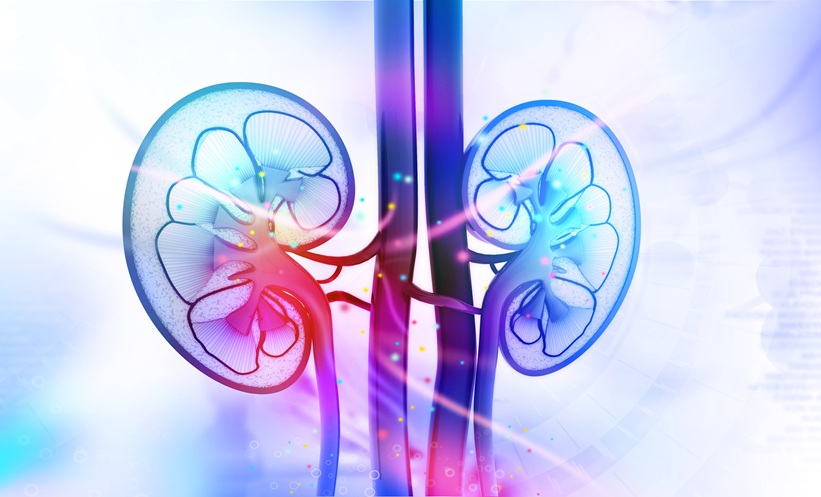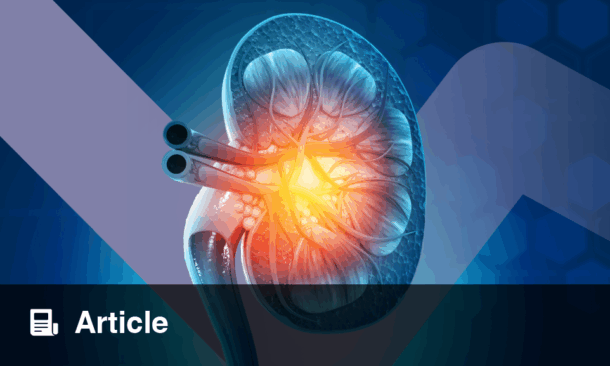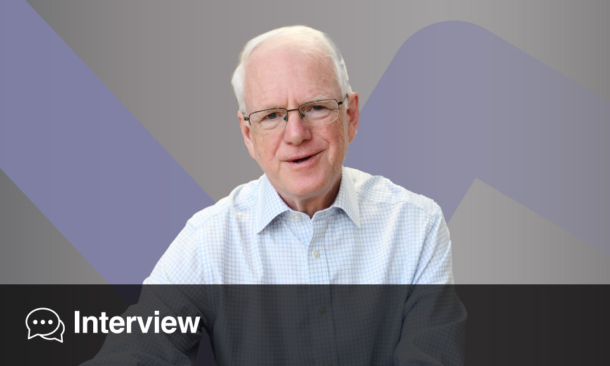Rainer Oberbauer | Professor of Medicine and Chair of the Department of Nephrology and Dialysis at the Medical University of Vienna, Austria.
Citation: EMJ Nephrol. 2025;13[1]:51-52. https://doi.org/10.33590/emjnephrol/MGCR4278
![]()
You’ve been a key figure in advancing kidney transplantation, particularly in biomarker research and individualised immunosuppression. What first drew you to this field, and how has your research focus shifted over the years?
I’ve been in the field for almost 30 years now. I started by chance after my postdoctoral training. I became interested in kidney transplantation because, at that time, it was very innovative and the cutting edge of science. Moreover, it offered me the chance to help people who would otherwise face a life on dialysis, by giving them a new lease on life. That’s how my journey in the field began.
At the European Renal Association (ERA) 2025, you’re presenting on both genome-wide non-HLA versus HLA alloimmunity and regulatory T cell therapy with donor bone marrow infusion. What are the main messages you hope to share through these sessions?
Regarding non-HLA, our HLA system is highly polymorphic, and therefore the match between donor and recipient is important. However, it doesn’t explain all the causes of graft attrition, because it covers only 0.1% of the entire human genome. There’s still a lot of variability in the remaining 99.9% of the genome, and that’s what it’s all about. HLA makes sense, and we have standardised tools to measure antibodies against donor HLA antigens. However, in our Lancet paper from 2019, we showed that the same applies to non-HLA mismatches.
As for the cell-based therapy, this is more of a Phase I/IIa study. We’re trying to induce chimerism without toxic or immunosuppressive induction therapy, and without body irradiation. There are three other centres also trying this: Stanford, Boston, and Northwestern in Chicago, USA.
How close are we to implementing precision medicine routinely in kidney transplantation; for example, using biomarkers to guide immunosuppressive therapy?
The term ‘personalised medicine’ or ‘precision medicine’ is, in my opinion, misused because whatever we do as physicians, surgeons, or researchers is personal. We’re not working in a company managing stocks or portfolios; we take care of one patient at a time, even when following guidelines. In transplantation, we have several immune markers, including biopsies, MRIs, and other tests. These markers help guide treatment, but it’s not as if we have HLA antigen-specific CAR T regulatory cells that are used for each donor-recipient pair, at least not yet.
What do you see as the main barriers to translating biomarker research into clinical practice, and how might the field overcome them?
There’s a very good paper, an article by Graham Lord, who is now the MRC head at King’s College London, London, UK, which describes why the process so complicated and why it is unlikely that we will have new biomarkers solely for diagnosis or prognosis. Many researchers have funding and access to patient samples, thus the early steps of research are relatively straightforward. However, the challenge lies in conducting multinational validation, which requires funding. It is essential to ensure biomarker specificity. A critical distinction exists between prognostic and predictive markers: prognostic markers estimate outcomes such as life expectancy or graft half-life, while predictive markers predict a response to therapy. It is the latter that is needed, a biomarker that indicates whether a specific treatment will be effective. Unfortunately, such predictive biomarkers are not yet available and probably will not be in the near future.
For those particularly interested in transplant immunology and personalised medicine, are there any other ERA 2025 sessions you’d recommend attending or watching after the congress ends?
Yes, for example, we have a session on transplantation, autoimmunity, and spatial phenotyping. There’s also a late-breaking session at The Square at the ERA meeting, about combined bone marrow and kidney transplant.
Moreover, I am giving a session on paired donation in kidney transplantation. This is where, for example, I want to donate a kidney to someone, but we are not a match. Another donor-recipient pair faces a similar problem, so the donors are swapped. This process works better in larger catchment areas. Smaller countries, such as Austria or the Czech Republic, need to pool together internationally to find good pairs.







